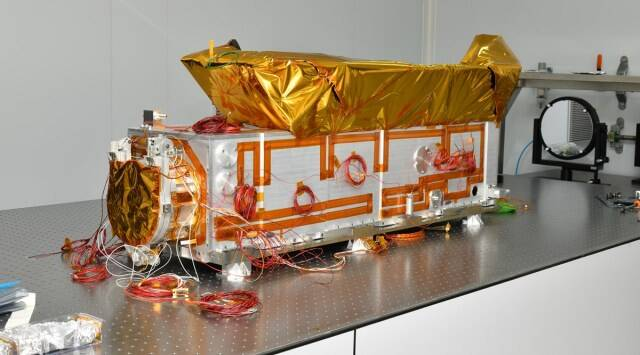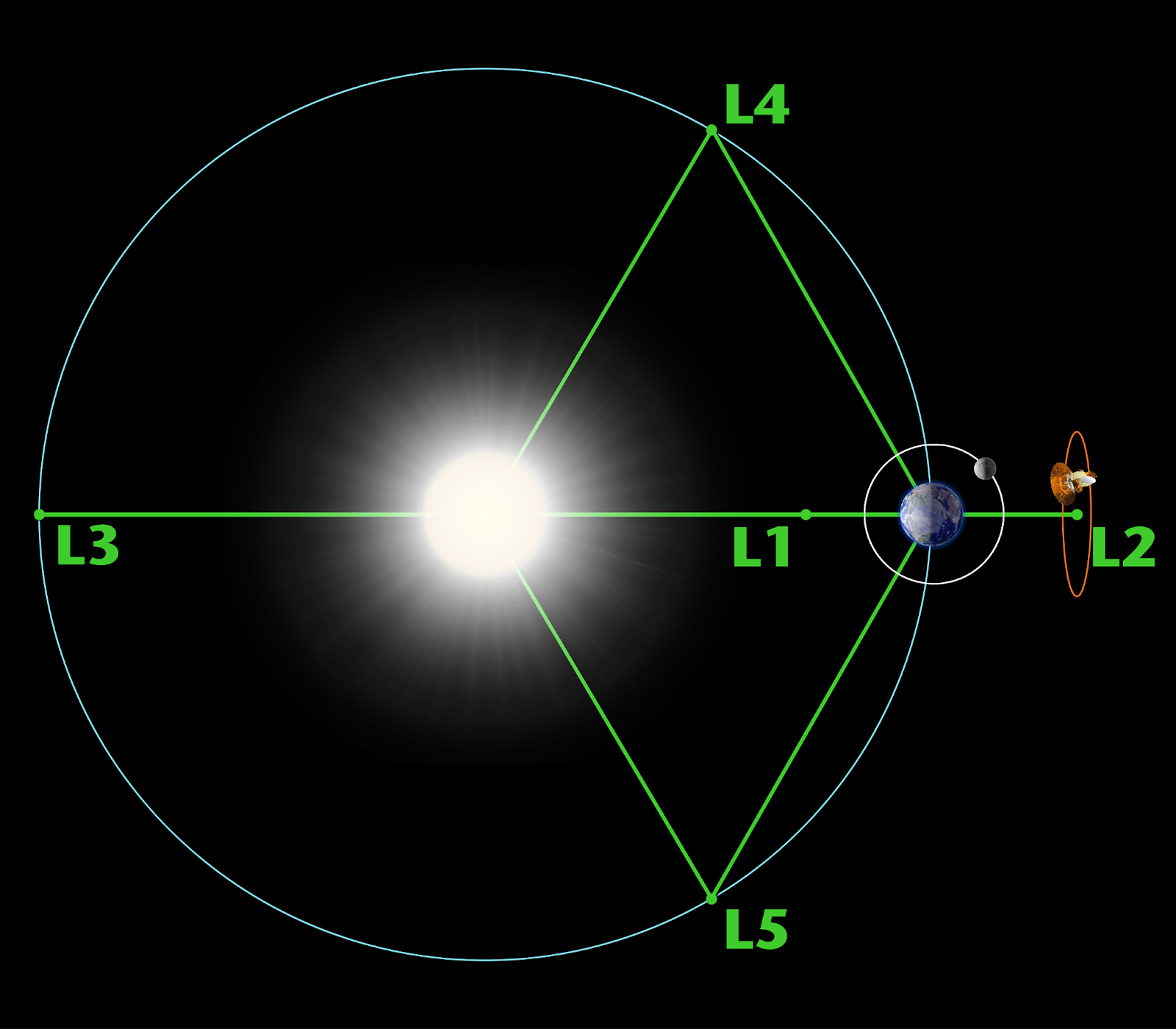Important Facts For Prelims
Solar Ultraviolet Imaging Telescope
- 20 Jun 2023
- 5 min read
Why in News?
The Solar Ultraviolet Imaging Telescope (SUIT), developed by Pune's Inter-University Center for Astronomy and Astrophysics (IUCAA), has been delivered to the Indian Space Research Organisation (ISRO).
- This unique space telescope will be integrated with ISRO's ADITYA-L1 mission, set to launch in mid-August 2023.
What is SUIT?
- About:
- SUIT aims to study the Sun’s ultraviolet (UV) emissions and capture high-resolution images of the Sun’s atmosphere, known as the corona, in various UV wavelengths.
- It will operate in the far and near ultraviolet regions, covering wavelengths of 200-400 nanometers.
- It will observe the hotter and more dynamic regions of the Sun’s atmosphere, such as the transition region and the corona.
- Significance:
- The Sun is one of the most difficult things to study outside Earth due to its high emissions and radiation.
- SUIT will enable scientists to unravel the secrets of the Sun and its impact on Earth and other planets.
- SUIT will also measure the UV radiation hazardous for skin cancer.
- SUIT will monitor the Sun’s activity and provide early warning of potential solar flares and coronal mass ejections (CMEs), which can affect satellites, communication systems, power grids and human health on Earth.
- The Sun is one of the most difficult things to study outside Earth due to its high emissions and radiation.
What is Aditya-L1 Mission?
- About:
- The ADITYA-L1 mission will be dedicated to studying the Sun and will fly approximately 1.5 million kilometers from Earth to the Lagrange point 1 (L1), one of the five favorable spots for observing the Sun.
- The mission is expected to be launched using a Polar Satellite Launch Vehicle (PSLV) rocket.
- It will provide regular images and updates on the Sun's surface phenomena and space weather.
- Features:
- ADITYA-L1 will carry seven different payloads capable of studying various phenomena on the Sun across the electromagnetic spectrum and solar wind. The 7 payloads include:
- Visible Emission Line Coronagraph (VELC)
- Solar Ultraviolet Imaging Telescope (SUIT)
- Solar Low Energy X-ray Spectrometer (SoLEXS)
- Aditya Solar wind Particle Experiment (ASPEX)
- High Energy L1 Orbiting X-ray Spectrometer (HEL1OS)
- Plasma Analyser Package for Aditya (PAPA)
- Advanced Tri-axial High Resolution Digital Magnetometers
- ADITYA-L1 will carry seven different payloads capable of studying various phenomena on the Sun across the electromagnetic spectrum and solar wind. The 7 payloads include:
What is L1?
- "L1" refers to the Lagrange point 1. Lagrange points are specific points in space where the gravitational forces of two large bodies, such as the Sun and the Earth, balance the centrifugal force felt by a smaller body.
- They are named in honor of Italian-French mathematician Josephy-Louis Lagrange.
- These can be used by spacecraft to reduce fuel consumption needed to remain in position.
- L1 is one of the five Lagrange points in the Sun-Earth system. Of the five Lagrange points, three are unstable and two are stable.
- The unstable Lagrange points - labeled L1, L2 and L3 - lie along the line connecting the two large masses.
- The stable Lagrange points - labeled L4 and L5 - form the apex of two equilateral triangles that have the large masses at their vertices.
- L4 leads the orbit of earth and L5 follows.
- The L1 point of the Earth-Sun system affords an uninterrupted view of the sun and is currently home to the Solar and Heliospheric Observatory Satellite.
- The L2 point of the Earth-Sun system was the home to the WMAP spacecraft, current home of Planck, and future home of the James Webb Space Telescope.
UPSC Civil Services Examination Previous Year Question (PYQ)
Q. Discuss India’s achievements in the field of Space Science and Technology. How the application of this technology has helped India in its socio-economic development? (2016)






